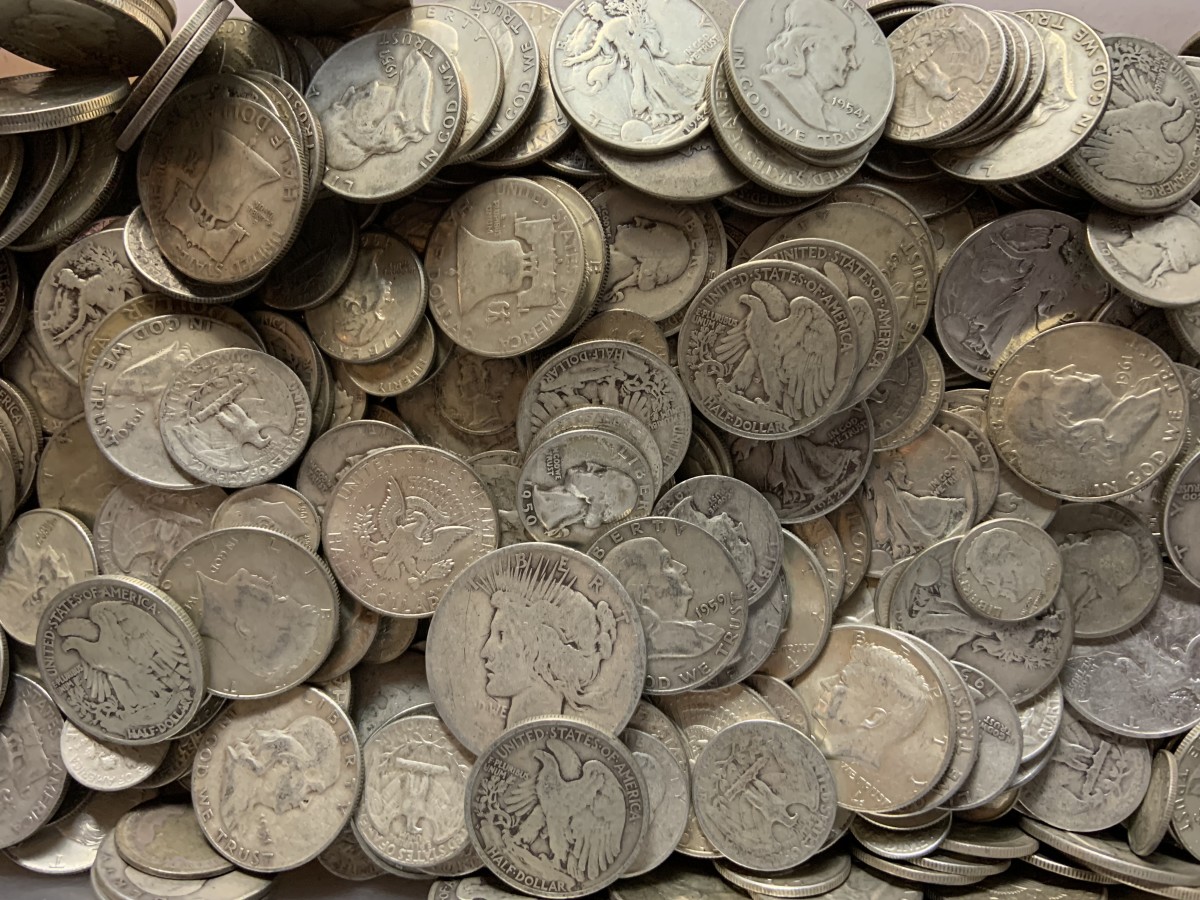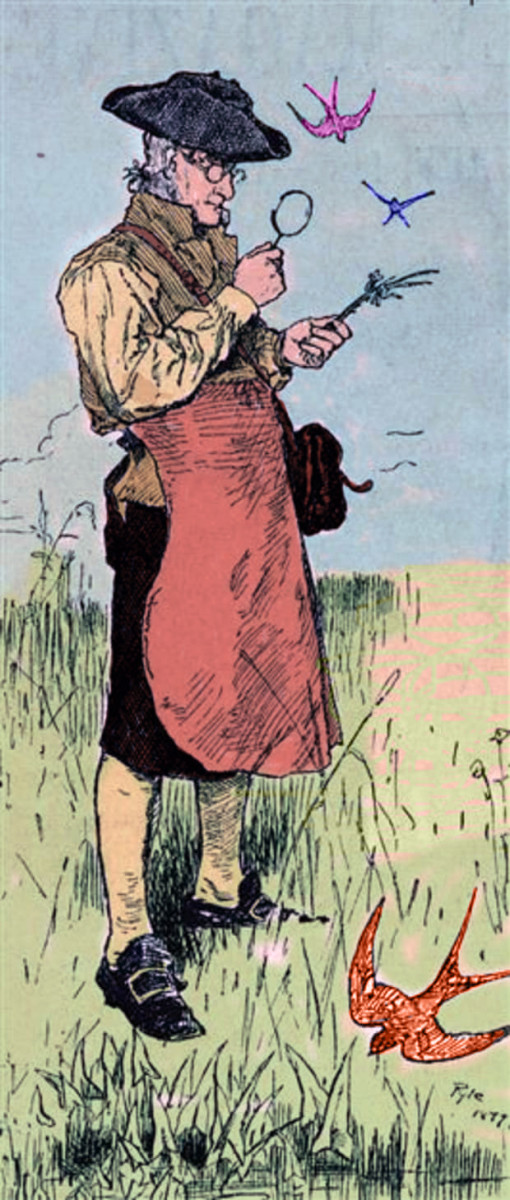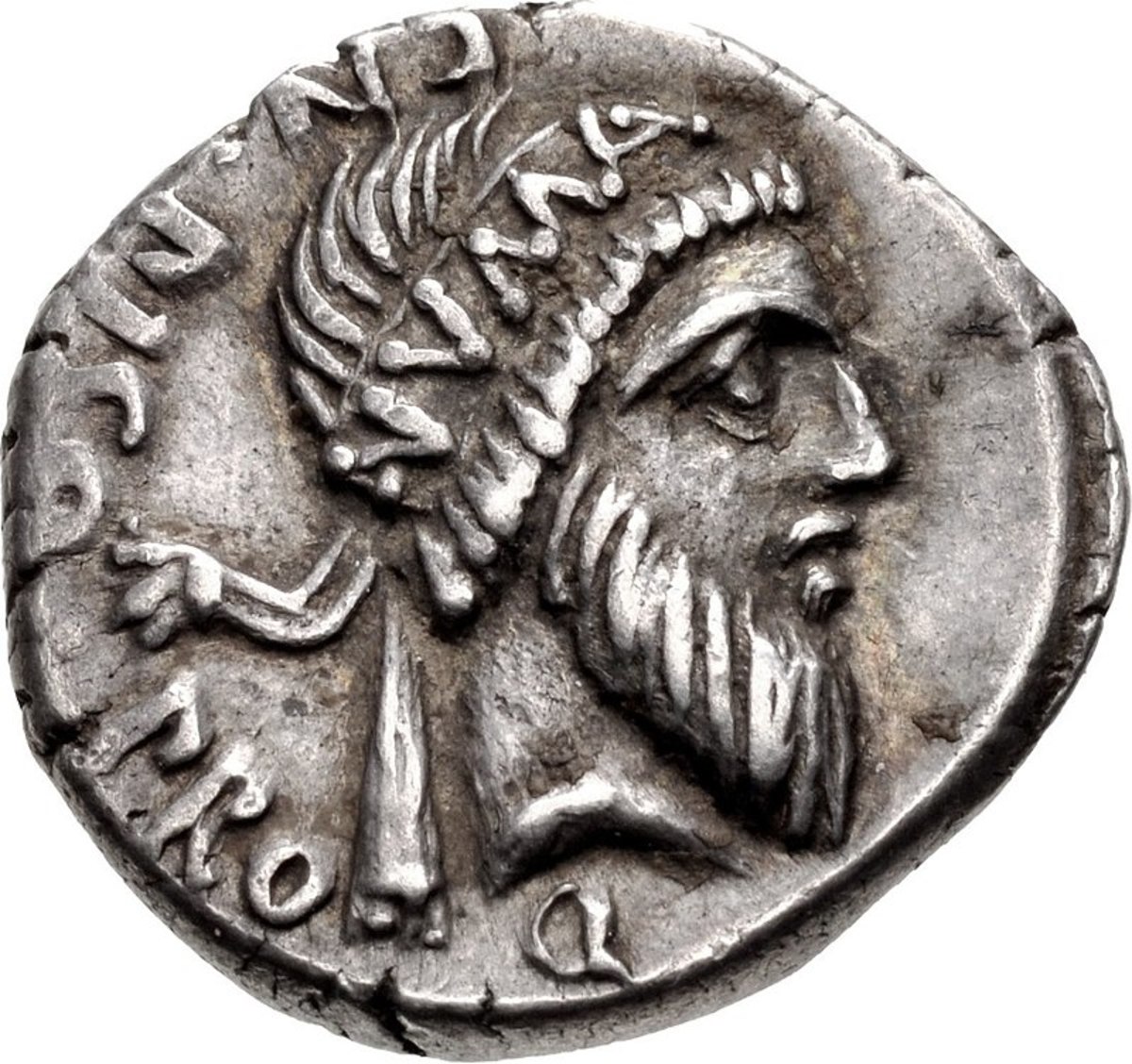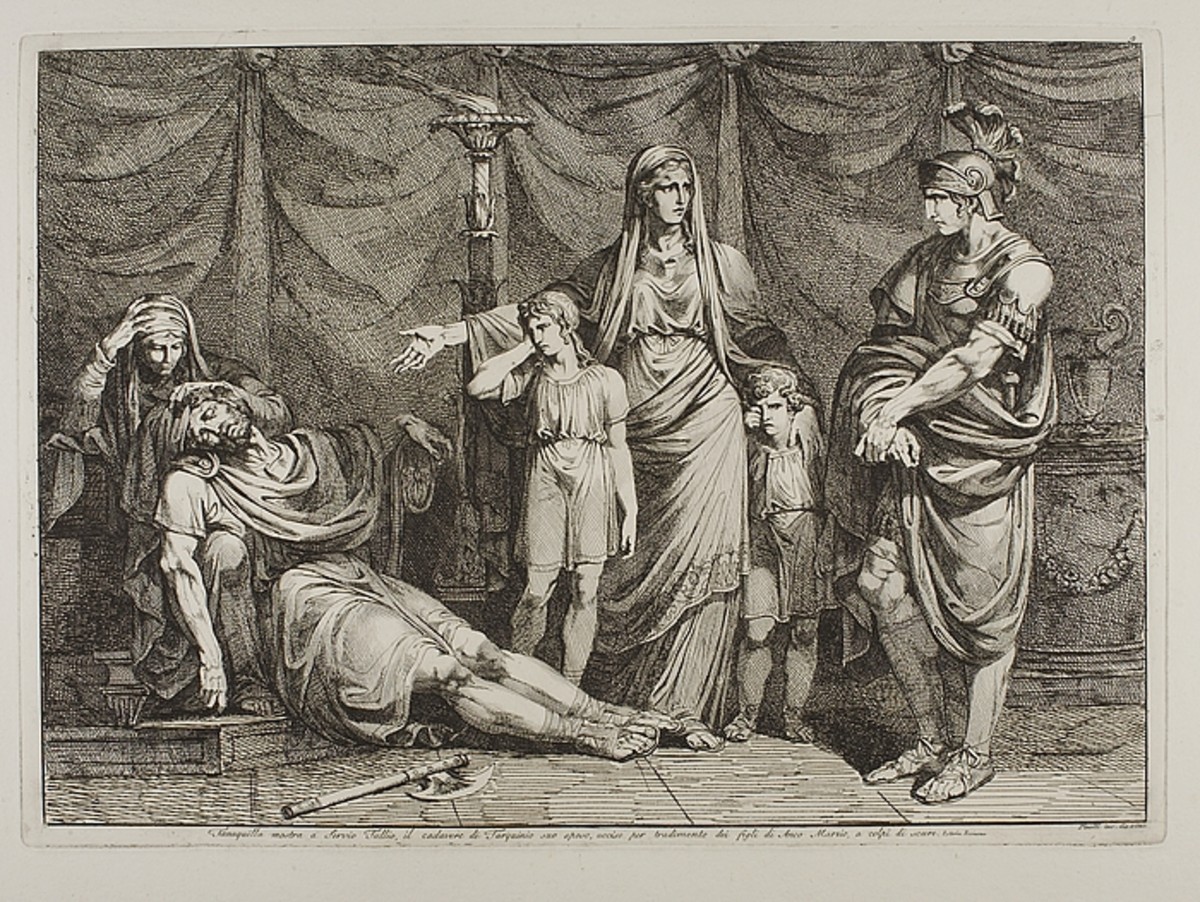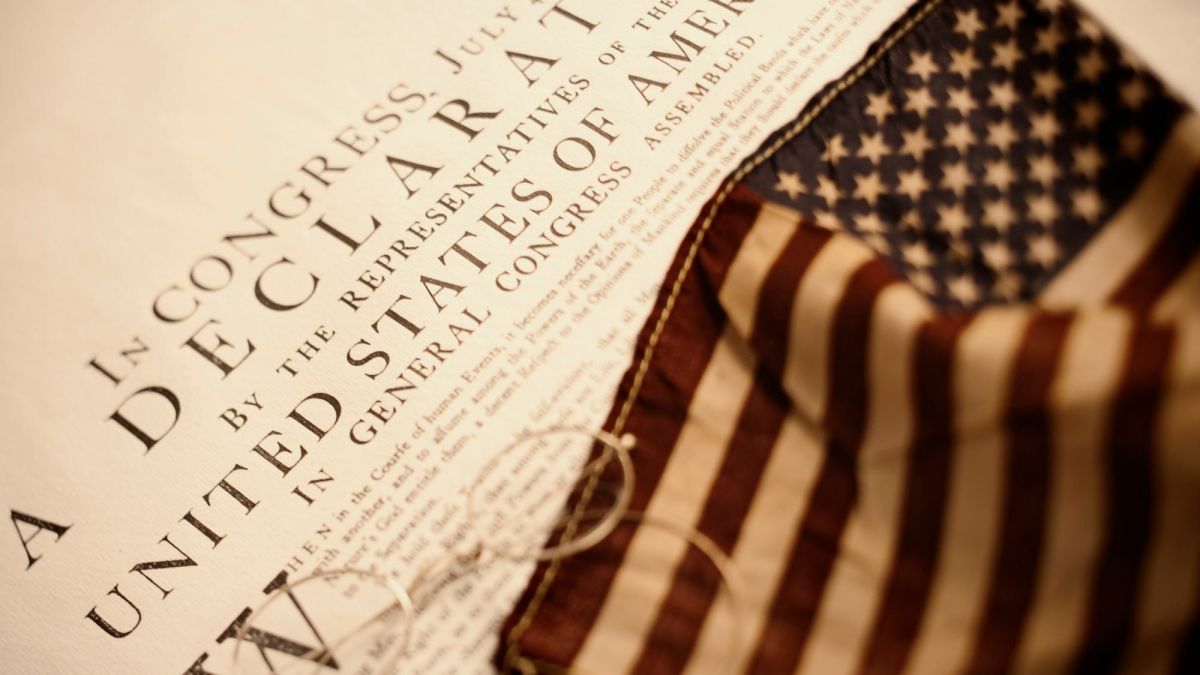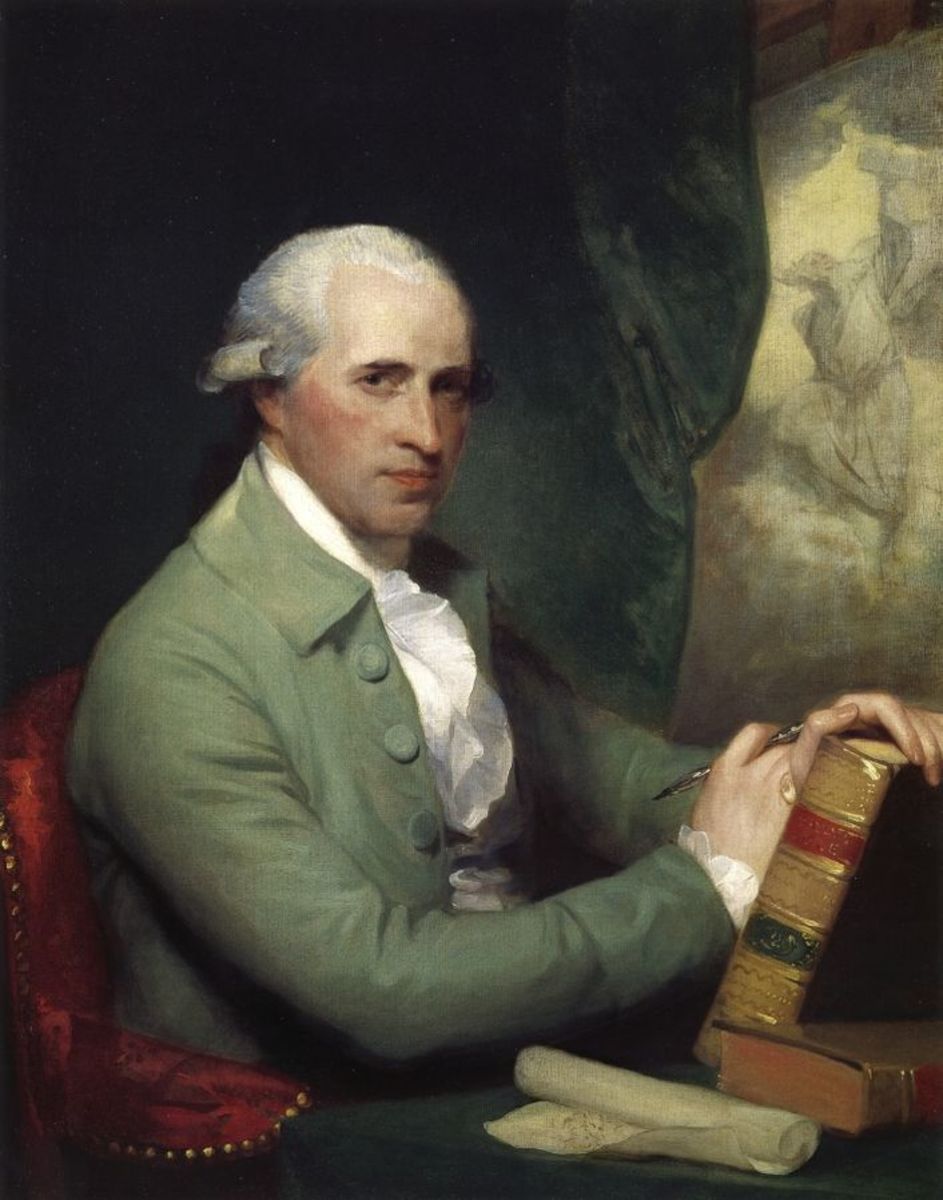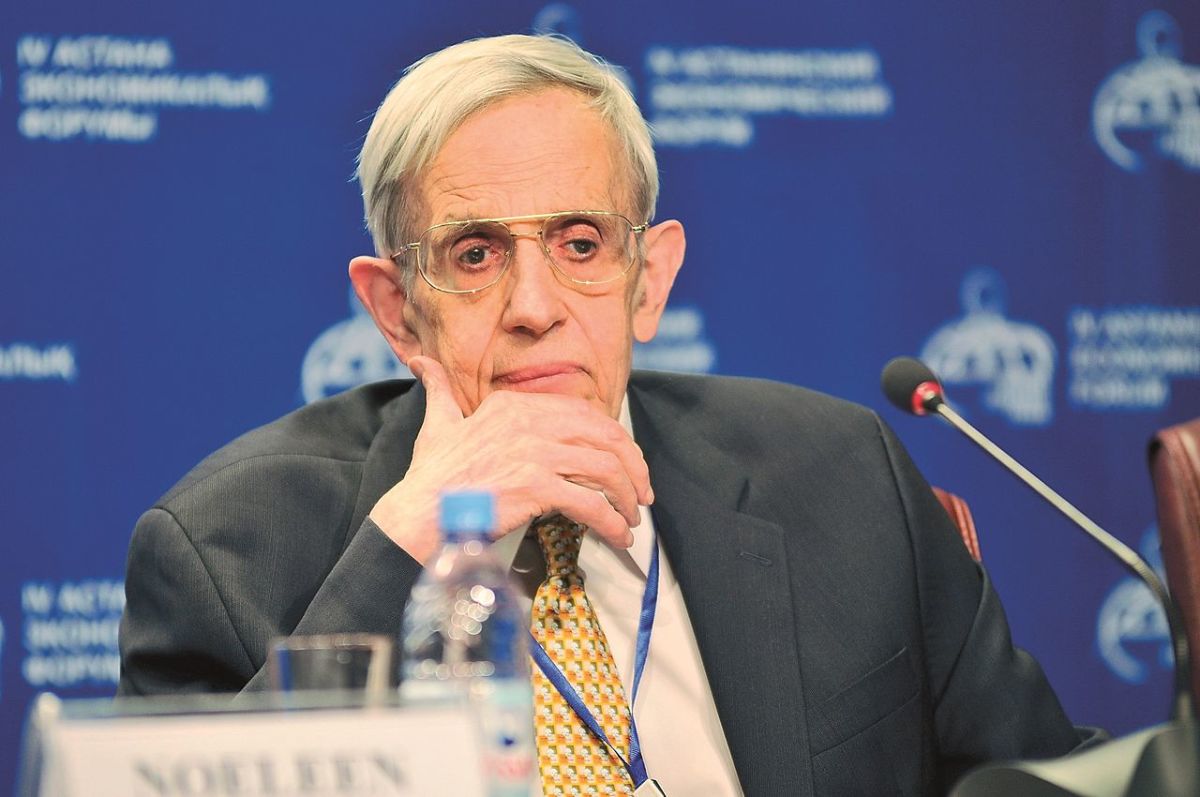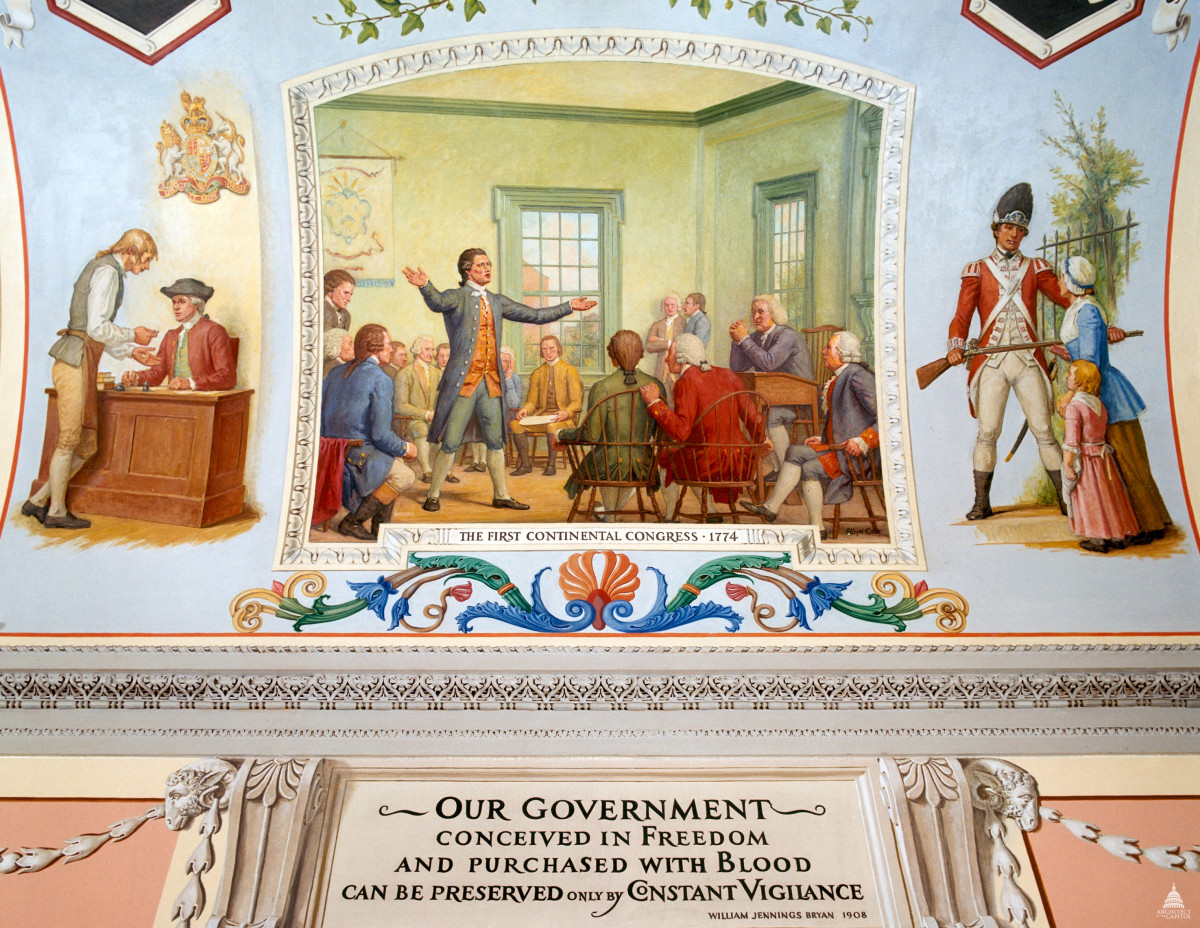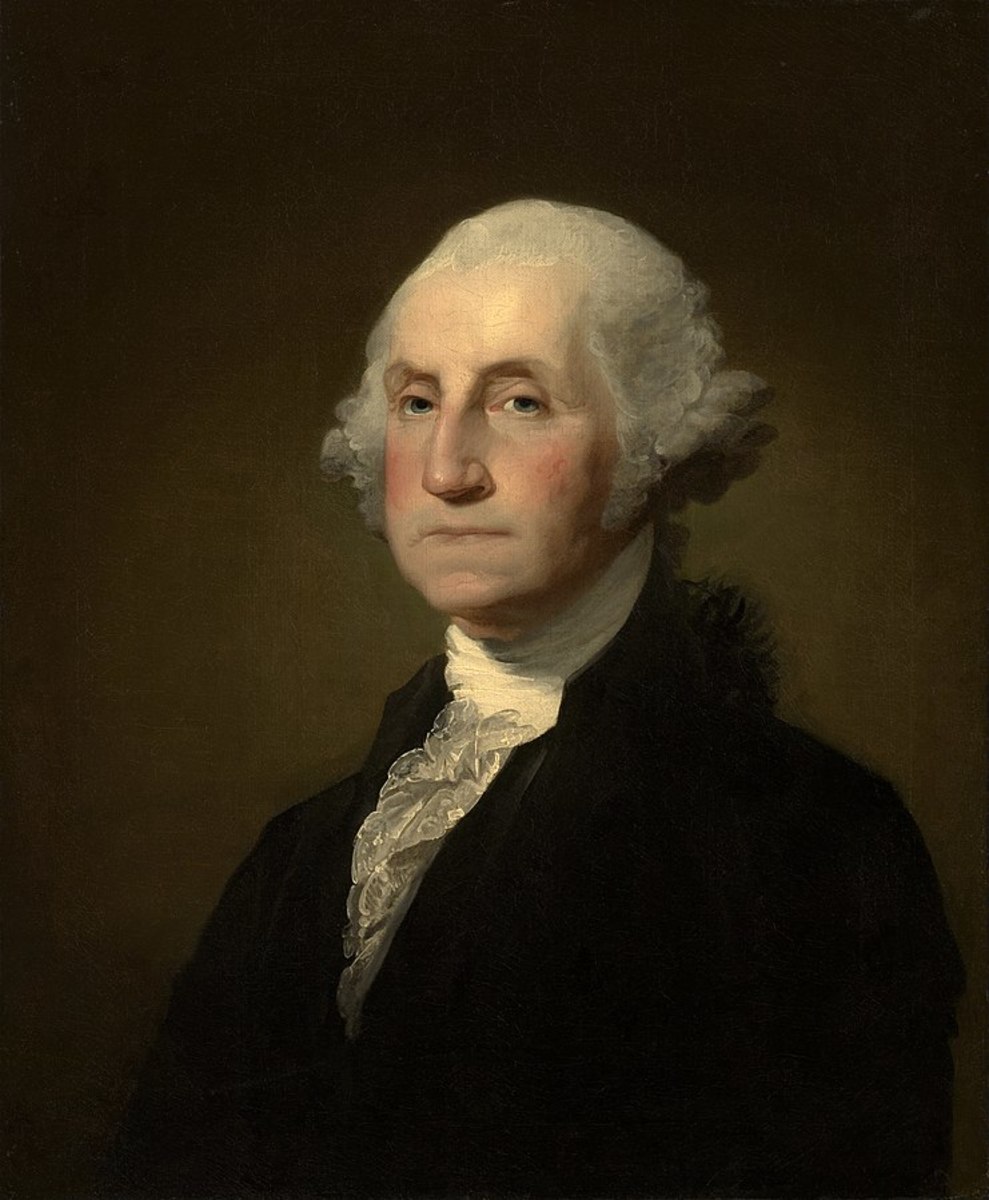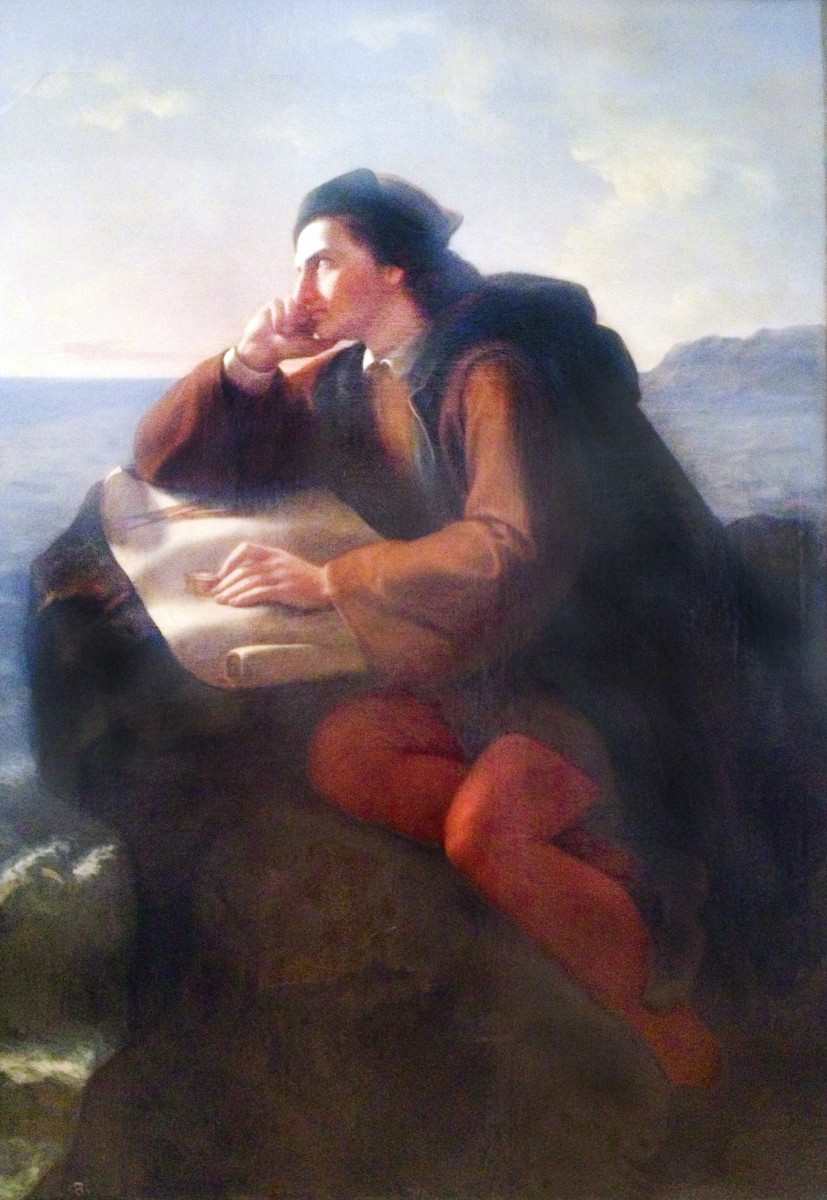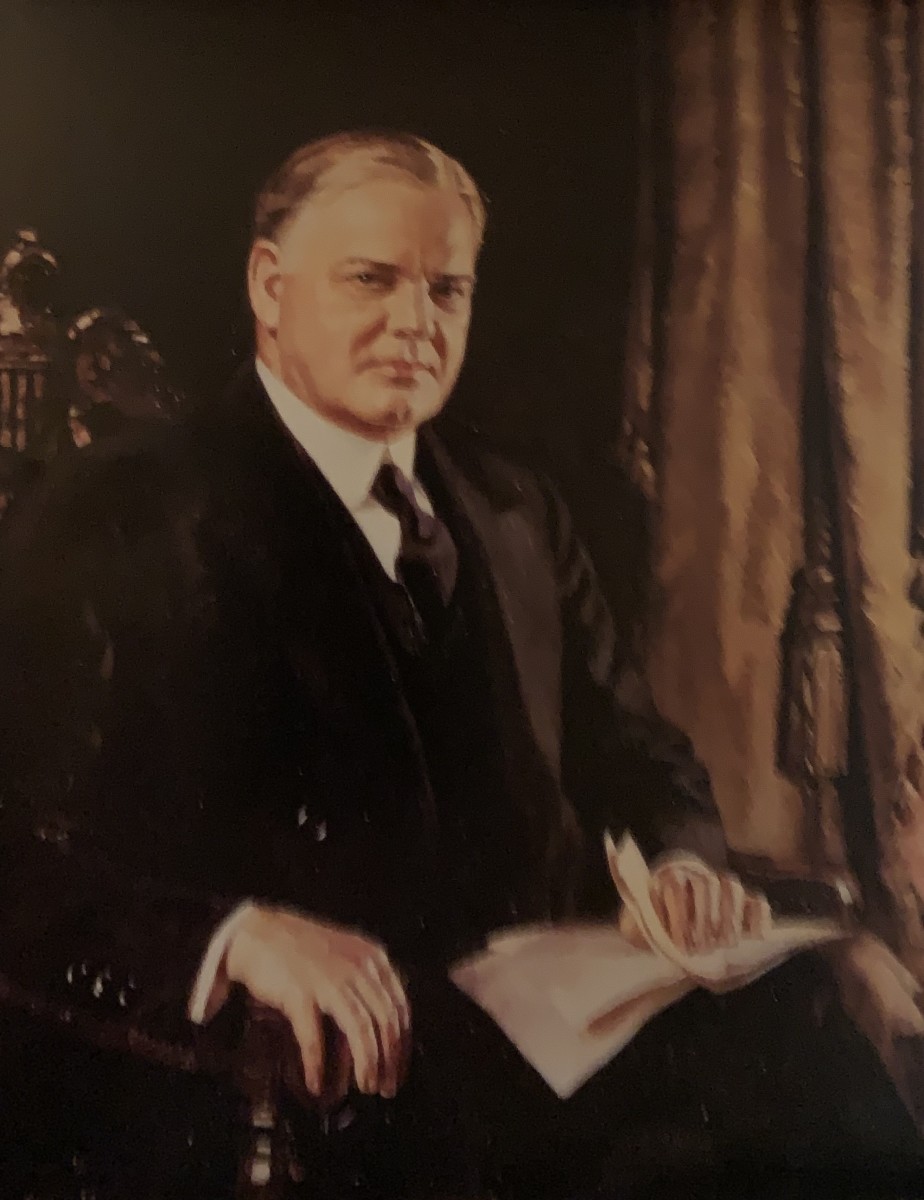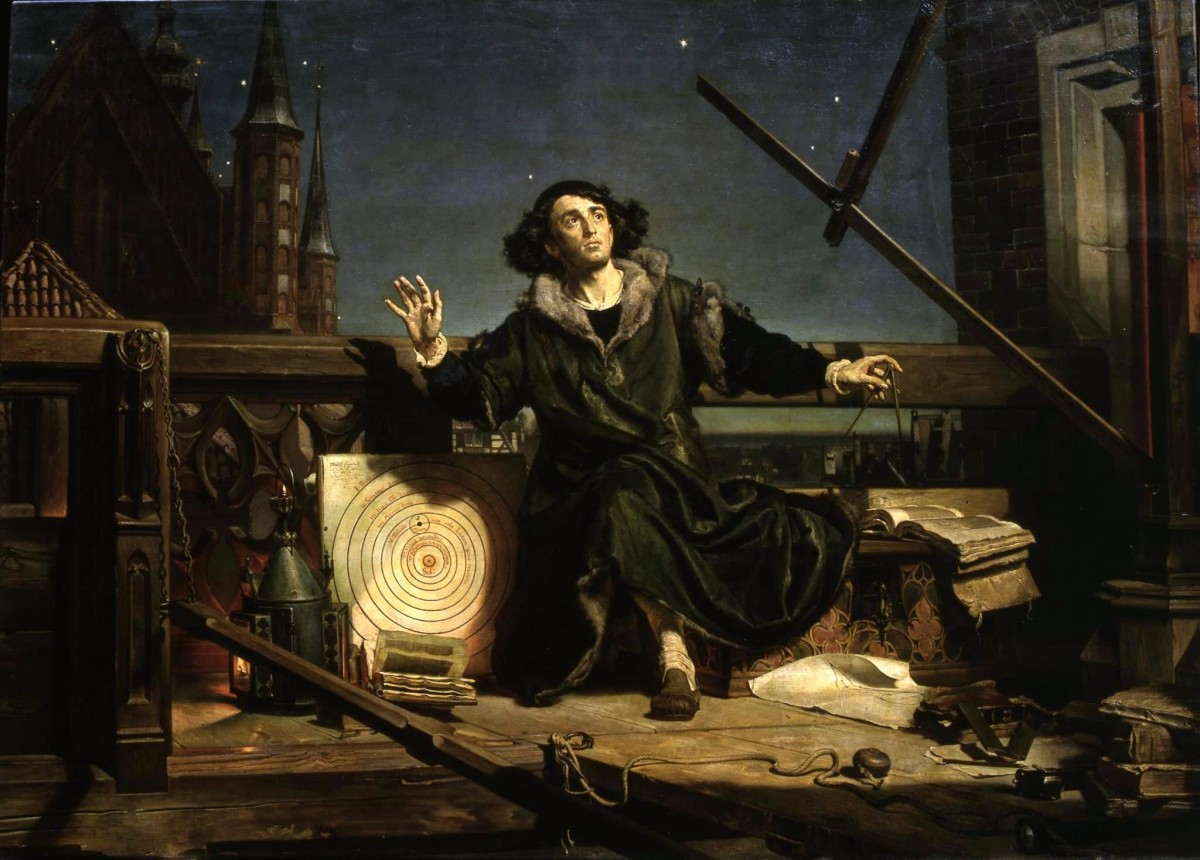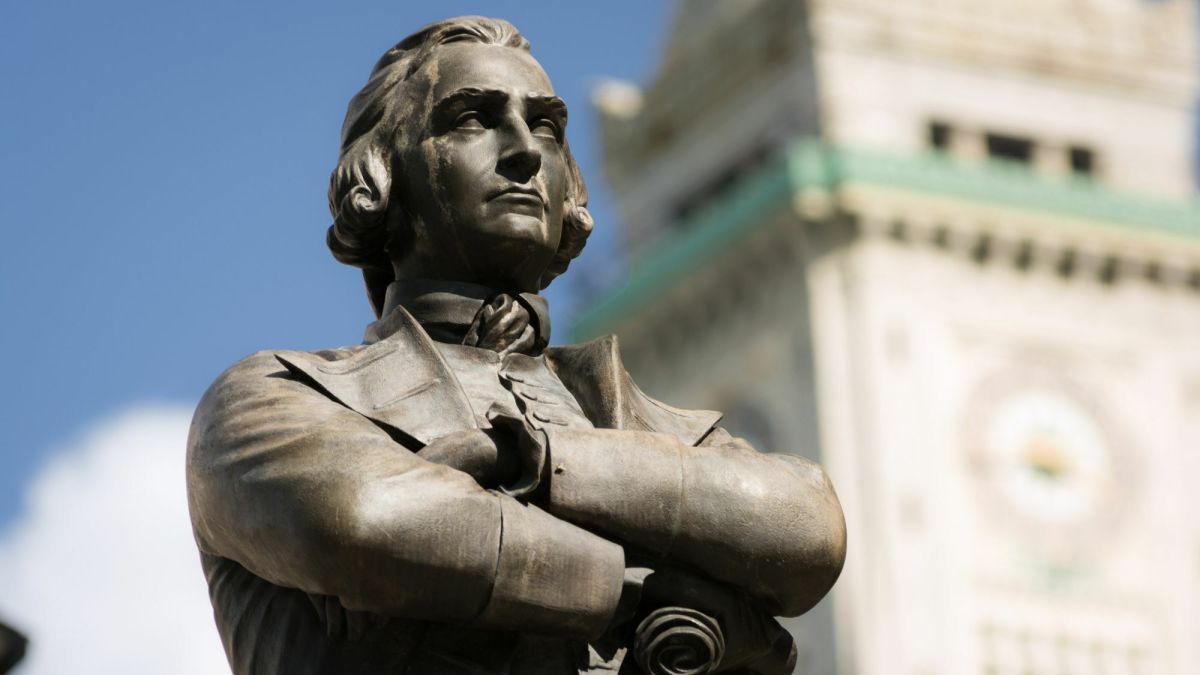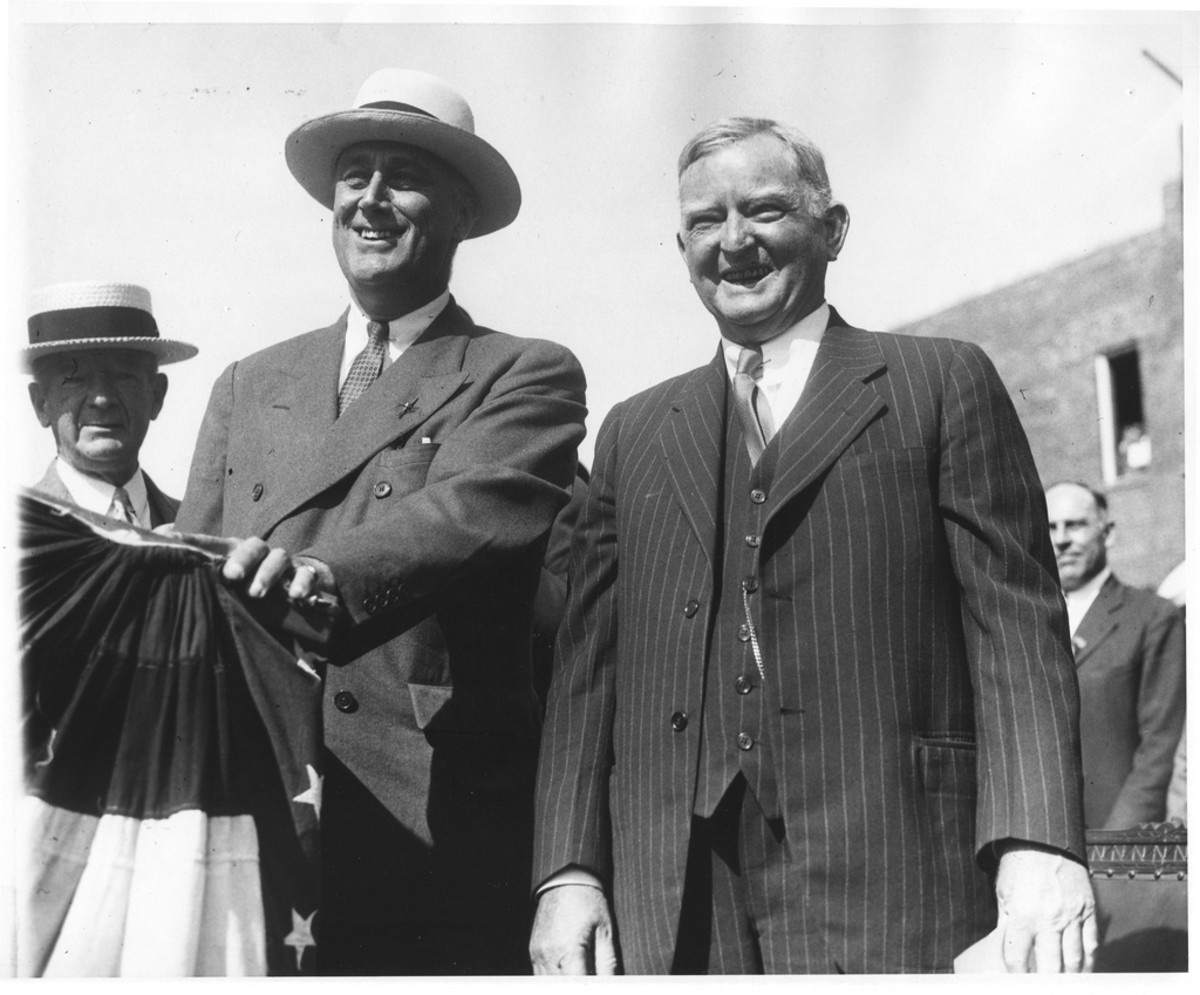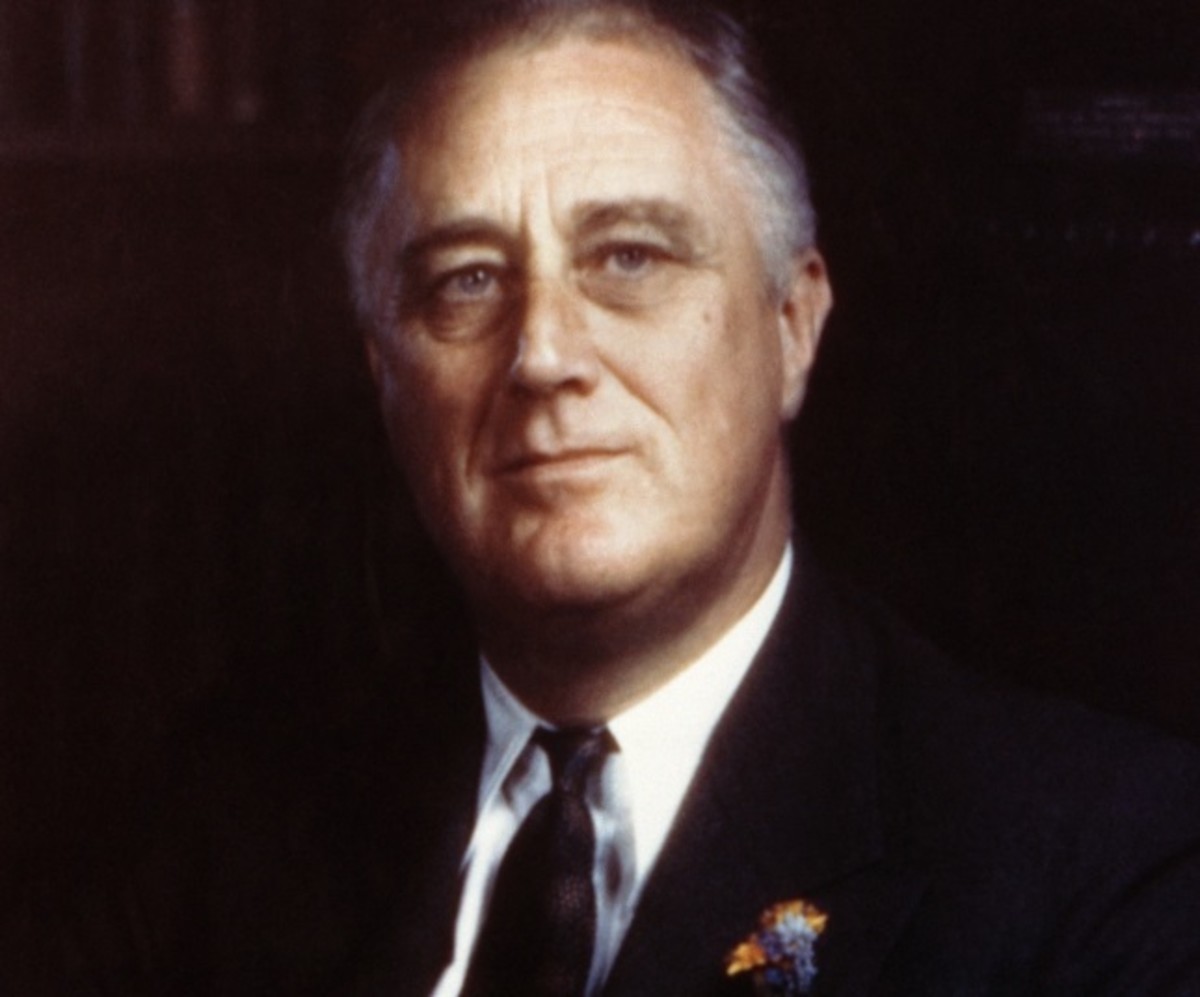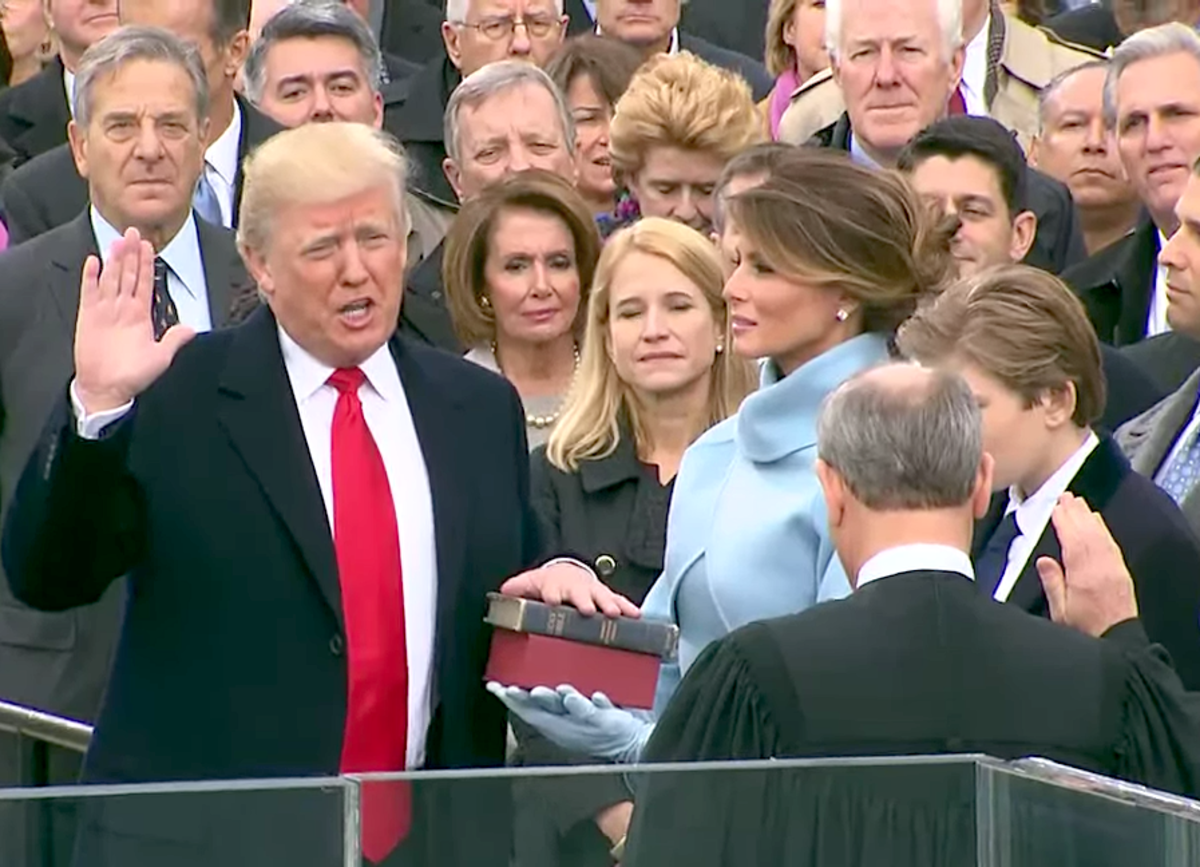 76
76- 0
John Bartram: Colonial America’s Botanist and Naturalist
John Bartram was one of America’s earliest botanists and naturalists. His botanical garden, which is still enjoyed today, was established on his farm on the Schuylkill River near colonial Philadelphia. To gather rare plants and seeds for his garden, he traveled as far south as Florida.
- 0
Numa Pompilius: The 2nd King of Ancient Rome
The second king of ancient Rome, Numa Pompilius, was known as a peaceful king who established many of the early Roman religious rites, ceremonies, and priesthoods. Numa is also credited with improving the Roman calendar and establishing office of pontifex maximus, the precursor to the pope.
- 0
Servius Tullius: The Sixth King of Ancient Rome
Servius Tullius was the sixth king of ancient Rome, reigning from 578 to 535 BC. Tullius accomplished many things that benefited all Romans, especially the lower classes. He instituted a census, reorganized the military, and established a voting assembly that was more representative.
- 0
The Writing of the Declaration of Independence
The drafting of the Declaration of Independence in 1776 was a pivotal moment in American history. This article explores the drafting of the document, highlighting its role in asserting independence, outlining grievances against Britain, and establishing the principles of liberty and equality.
- 0
Benjamin West: The American-British Artist of the Eighteenth Century
Born in colonial Pennsylvania, Benjamin West showed early talent as an artist. He traveled to Italy to study under master artists as a young man. He quickly became one of England's leading painters of the 18th century.
- 6
A Beautiful Mind: The Mathematician John Forbes Nash, Jr.
John Forbes Nash, Jr., a brilliant mathematician, was struck down by paranoid schizophrenia. After decades of treatment, he emerged as a great mathematician once again.
- 5
The Meeting of the First Continental Congress in 1774
Late in the 18th century, the British colonists living in North America began to rebel due to the harsh treatment they were receiving from the British. Delegates from the colonies came together in Philadelphia in 1774 to form the 1st Continental Congress to deal with the British aggression.
- 0
George Washington: First President of the United States
George Washington, the first president of the United States, had many challenges in building a new nation. Nevertheless, he accomplished many things during his eight years as president: defining the role of a president, setting up a national bank, levying taxes, and quelling a rebellion.
- 2
A Timeline of the Life and Explorations of Christopher Columbus
Do you know the timeline of important events in Christopher Columbus's life? The period covered is from his birth in 1451 to his death in 1506 and includes his voyages to America.
- 0
The Explorer Christopher Columbus and the Discovery of the Americas
Though Christopher Columbus, the 15th century Italian explorer and navigator, was not the first European to discover North America, he was the first to map parts of two new continents and begin the process of Spanish colonization of the New World. Columbus made four voyages to the Americas.
- 0
Herbert Hoover: Thirty-First President of the United States
Herbert Hoover, who was the thirty-first president of the United States, was known as the Great Engineer and the Great Humanitarian for his efforts before he became president. After his presidency, he is remembered for the Great Stock Market Crash of 1929 and the start of the Great Depression.
- 0
Nicolaus Copernicus: The Astronomer Who Placed the Sun at the Center of the Solar System
Nicolaus Copernicus was a Polish priest and astronomer in the 16th century. He took the bold step of placing the sun at the center of the solar system instead of the earth--Heliocentric model. His most famous work is "On the Revolutions of Celestial Spheres" published in 1532.
- 3
Early Patriot Leader Samuel Adams: The American Revolution and Beyond
Samuel Adams was an early patriot leader who led the British colonists into the American Revolutionary War and was key in setting up the new government of the United States. Born in Boston, Samuel was the second cousin of President John Adams.
- 4
John “Cactus Jack” Garner: 32nd Vice President of the United States
John Nance Garner was an American lawyer and politician who served as the 32nd Vice President of the United States between 1933 and 1941. He was a member of the Democratic Party with a long career in public service and also served as Speaker of the United States House of Representatives.
- 2
Franklin D. Roosevelt Biography: 32nd President of the United States
Franklin Delano Roosevelt was the 32nd president of the United States from 1933 to 1945, winning four consecutive elections. He led America through the Great Depression and during World War II.
- 19
Donald Trump’s First Year as President of the United States
Like nearly every president before him, the first year of Donald Trump’s presidency was marked by controversy, a few successes, and some failures.
- 1
Ivanka Trump: The President’s Daughter, Business Woman, and Mother
Ivanka Trump currently serves in the presidential administration as an advisor to the President of the United States. She is also a TV personality, author, businesswoman, and fashion designer.
- 5
Melania Trump: First Lady of the United States
Melania Trump was the First Lady of the United States as wife of the 45th President of the United States, Donald Trump, from 2017 to 2021. She was born in Novo Mesto, Slovenia, in 1970 and worked as a model and businesswoman.
- 5
Michelle Obama: First Lady of the United States
Michelle Obama is an American lawyer who became First Lady of the United States when her husband Barack Obama became president. She served two terms as First Lady from 2007 to 2019 and was the first African-American woman in that position.
- 2
Bill Clinton: 42nd President of the United States
Bill Clinton was the 42th President of the United States. from 1993 to 2001. He previously served as governor and attorney general for the state of Arkansas. Clinton became the second U.S. president to be impeached after Andrew Johnson.
- 2
Theresa May: Former Prime Minister of Great Britain
On July 13, 2016, Theresa May became the United Kingdom’s second female Prime Minister after Margaret Thatcher. She served as Prime Minister of the United Kingdom and head of the Conservative Party from 2016 to 2019.During the Cameron government she served as Home Secretary from 2010 to 2016.
- 5
Tips for Investing in Stocks With High Dividends: Make Your Money Grow
High quality and high yield dividend paying stocks make a great addition to a person's investment portfolio. This article goes over the basic concepts necessary to invest in quality dividend paying stocks.
- 3
How to Publish and Market Your Own Audio Book
Audio books comprise the fastest growing sector of the publishing industry. This is not surprising at all, given the convenience offered to avid readers by the audio book platform. This article gives solid advice for creating and publishing audio books from an experienced author.
- 4
Buying and Selling Silver Bullion the Smart Way
Don't get duped when it comes to buying and selling silver bullion. Learn how to do it the right way—just like the pros. Silver bullion comes in many forms: 90% silver U.S. coins, American Silver Eagles, 999 fine silver bars and rounds, world silver coins, sterling silver jewelry, and more.
